One question that has been asked by a number of users over the years at STH is what are the differences between the Intel i350 and i340? Perhaps more specifically, which should I get the Intel i350-T4 or the Intel i340-T4. Both are 1GbE Intel Ethernet NICs, so the question is which one is worth getting? We have a recommendation.
Intel i350 vs i340 Differences
While both the Intel i350 and Intel i340 were out for many years and adopted by major OEMs (companies like IBM and HP used the i340 among others.) Sometimes we see the i340 referred to as the Intel 82580-based quad-port NIC. Over time, we have certainly seen the push towards the i350 being integrated more.
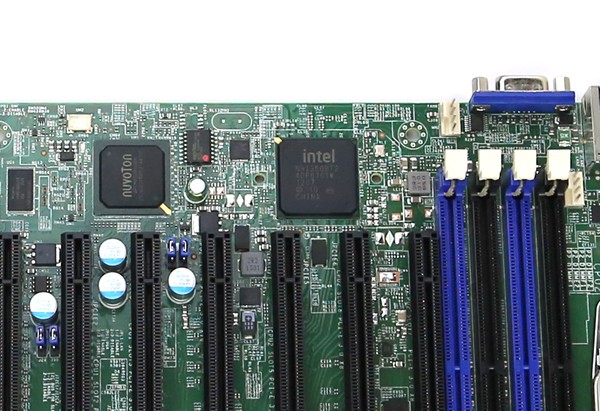
Both controllers are 1GbE controllers and are commonly seen in dual (T2) and quad (T4) cards. The numbers are very similar, so we often see folks ask what are the differences.
While there are some minor differences like support for PCIe 2.1 with the i350, there is also a big one: SR-IOV. The Intel i350 NIC supports SR-IOV while the Intel i340 does not.
Intel i350 vs i340 Recommendation
While features such as a slightly newer, but still old, PCIe revision and SR-IOV may not be the biggest, we still have a clear recommendation. Over time, the Intel i350 has been widely adopted and now has a V2 product. We now see the Intel i350-T4V2 as an example that had some minor revisions. Either way, the i350 is the better line versus the i340.
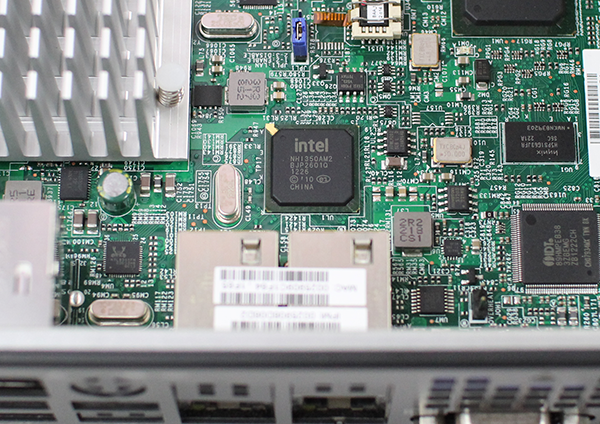
What that has practically translated to is that the i350 is still being added to server motherboards today, and it is not uncommon to see i350 NICs in servers.
Price-wise, the pricing is often very similar and has been for years. Even if the i350 is slightly more expensive, we usually suggest just getting that over the i340 for another reason: lifespan. If one goes to the Intel Ark website, validated on 2021-11-06 when we are publishing this article, you will not see the i340 NIC listed. Even searching for the i340 will not turn up any results.
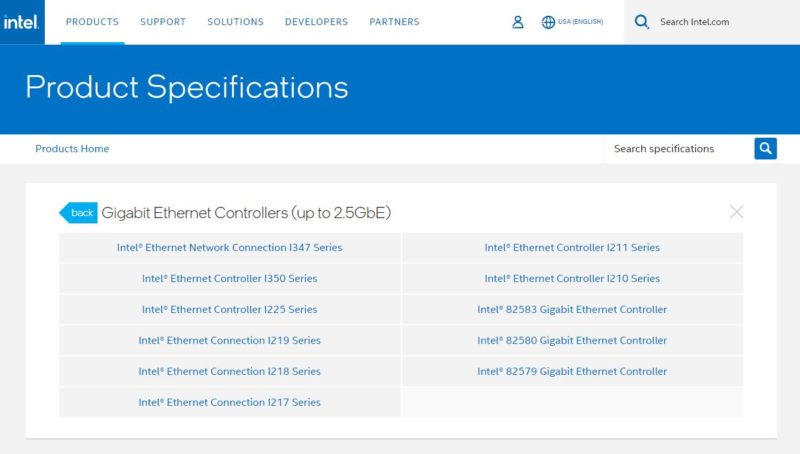
Intel has some fairly ancient hardware in its ARK database, so when we see a lack of the i340 that should be concerning. Then again, the saved STH archive product brief on the i340 is from 2009. While Ethernet controllers stay in the market a long time, it just seems like the market supported the i350 and i210 over the i340.
For those wondering, the Intel i347 was a specific product discontinued in 2021 designed to be used with the Intel Cave Creek communications chipsets, so it is a bit different than the i340 that we saw commonly in inexpensive 1GbE adapters from large OEMs.
As a result, we are going to make a simple recommendation here: STH readers, get the i350.
Final Words
Features like SR-IOV are important for other reasons. They are features that also help cement the i350’s place as the premium 1GbE NIC option beyond the fact that it simply has more ports than NICs like the Intel i210. For example, the i350 supports QoS, port partitioning, VMDq, and SR-IOV while the i210 does not.
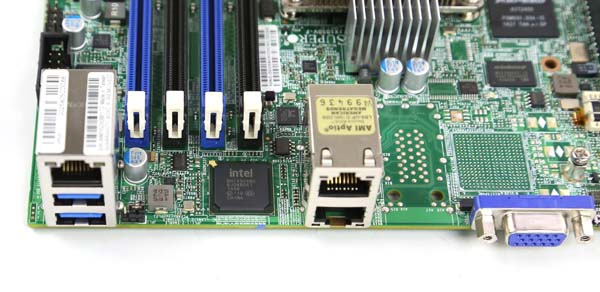
This is a short piece, but it is one that we should have had some time ago. STH readers, just get the i350 (V2) if possible. That may not be obvious if trying to find cards on ebay, Aliexpress, or elsewhere, but that is what we will recommend to our readers.
There are also two forum topics on these NICs here:
- Intel i340-t4 or i350-t4 (note the i340 Intel Ark link is not active anymore)

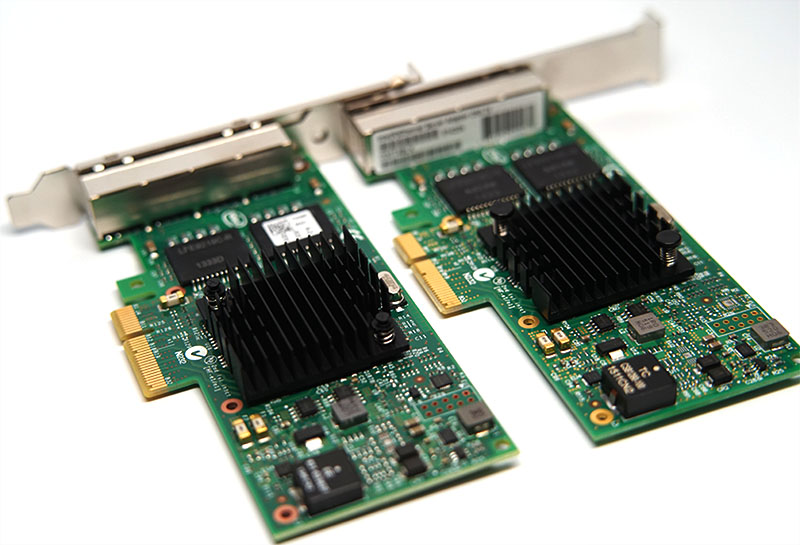



So what are the things mentioned in the title – Differences and Recommendation?
“STH readers, just get the i350 (V2) if possible.”?
It says in the article SR-IOV support is the big one. And the recommendation to get the i350 that’s in the article. So I’m confused alt. This made sense to me.
“… VMDq, and SR-IOV while the i210 does not.”
Is SR-IOV useful outside of VmWare hypervisors? I’ve tried to make it work with KVM but the experience is very unpleasant and once you carve out the virtual adapters you cannot change the configuration without reboot. Maybe it was just me but it sucked. Also, I don’t think it’s really useful for 1Gbit adapters – the overhead of virtio-net is negligible for such slow interfaces.
As for VMDq – are you sure 210 doesn’t support it? I can see in my /proc/interrupts that it has 4 Tx/Rx queues. Isn’t this indicative of VMDq? VMDq is another thing that sounds nice on paper but I couldn’t make use of it on regular Linux/KVM setup. I naively though that there should be a way of carving out an interface connected to one of the queues that I can use as a physical one (not for passthrough – SR-IOV is for that – but maybe for a container?). Again, not a big deal for 1G but for 10G it might make sense.
I received a Product Change Notification from Intel mentioning i210 and i350T2 will be EOL next year (among other like XXV710, X550, i211). Only the i350T4 will remain.
So the Intel I340 chipset is “NLA” … “Mo Longer Available”
That begs the question: If I find current products using that I340 chipset, where are those chipsets coming from?
Did someone stash boxes and boxes of them in back rooms and old warehouses all over the world?
Or do we have another case of re-marked chips or simply poor quality counterfeit chips? If that’s the case, sounds like it’s time for anothe STH in-depth investigation into new products using the I340 chipset… like the old STh expose’ on real Intel versus “fake Intel” network interface cards.
To answer one of my questions for everyone’s benefit – the i210 *does not* support VMDq. I found the datasheet and it clearly says N there. I guess that settles it. Still, how do I make use of VMDq as a regular user?
Doing research and vmdq is pretty worthless on anything slower than 10gig nics. sriov will reduce latency as it skips a software layer.